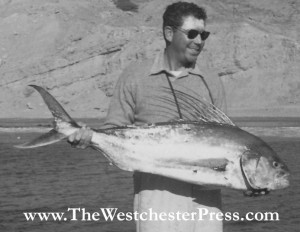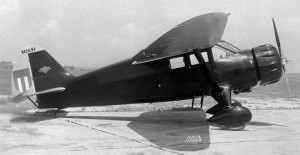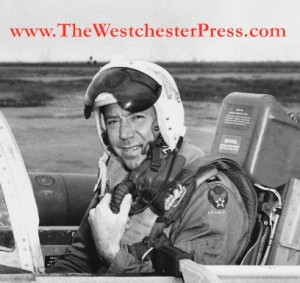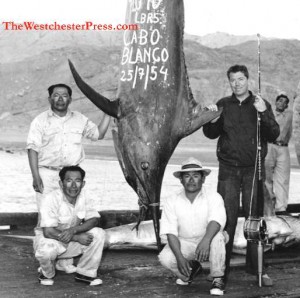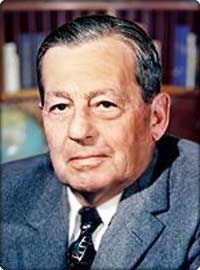
Donald Douglas Sr. met Tip in 1936 as Tip joined the Douglas Aircraft Company workforce. Thank you Boeing.com for the photo.
In June, 1936, Cloyce Joseph Tippett was 23 years old looking for a job in aviation.
On the one hand, it was the Great Depression and finding any kind of job was a challenge.
On the other hand, he was in California and he had connections through his fiance’s father, Harry Hossack.
Tip wrote about his ambition in a memoir that has now been turned into the book “When No One Else Would Fly,” now available on Amazon.com.
“…Aviation per se was in the doldrums. Pilot jobs were few and far between in the San Francisco area. However, things were picking up in Los Angeles. Douglas Aircraft was building the DC-3 and the airlines were buying them. Once again, Mr. Hossack came to the rescue with his good friend, Sheriff Eugene Biscailuz, a potent political lawman who had been sheriff for years. Sheriff Biscailuz was a very good friend of Mr. Donald Douglas, President of Douglas Aircraft in Santa Monica, and at Mr. Hossack’s suggestion, wrote a letter of recommendation to Mr. Douglas for me. I presented the letter to Mr. Douglas’s secretary early November 1936 and was sent to the office of the Vice President of Engineering. I was told to start work the next day on the three o’clock shift as a junior project engineer…”
This was just the beginning for Tip and it wouldn’t be long before he would go from helping to build the DC-3 to flying it.
For more of this story, check out Amazon.com for the book, or sign up to keep current with this and other book announcements.


